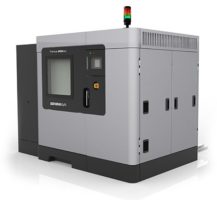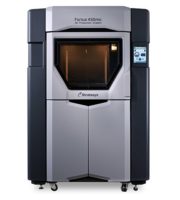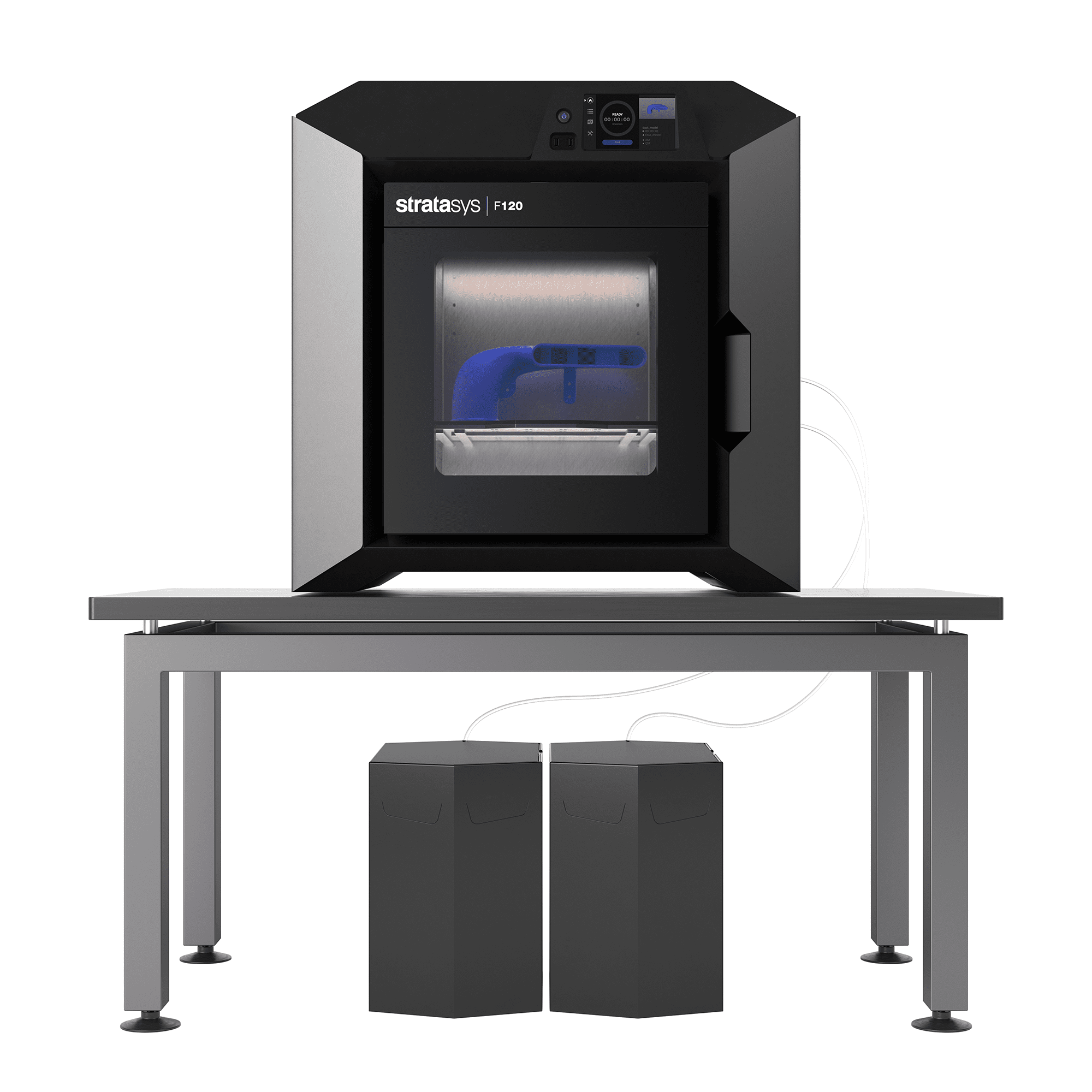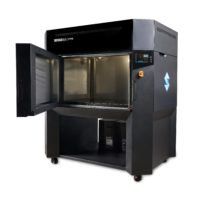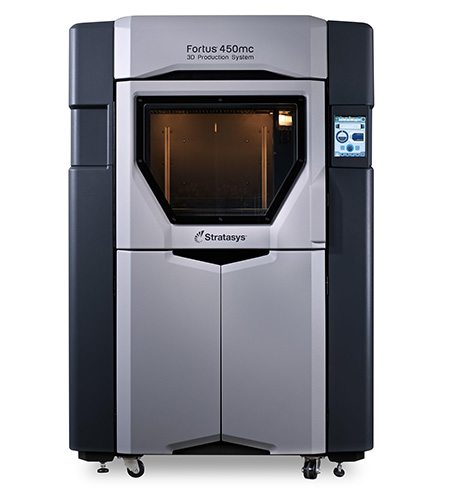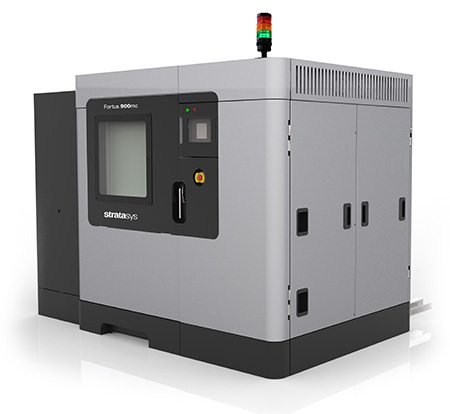
Beautiful FDM Thermoplastic Printing with 10 Colours
Now you can build consistently high-quality parts, with exceptional UB stability and the best aesthetics of any FDM thermoplastic printing material.
Overview
With its outstanding aesthetics and a range of ten fade-resistant colours, ASA has the highest aesthetic qualities of any FDM thermoplastic printing material. It works as an all-purpose prototyping material with exceptional UV stability and is ideal for production parts for outdoor commercial and infrastructure use. With fade-resistant properties, ASA is excellent for building parts for outdoor use from electrical housings and brackets, to sporting goods and automotive prototypes.
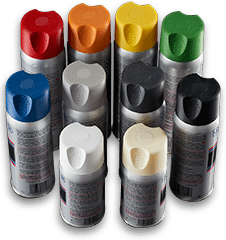
Material Performance
ASA is a production-grade thermoplastic that is combines mechanical strength and UV stability with the best part aesthetics FDM technology has to offer.

IZOD IMPACT,
NOTCHED
64 J/m XZ axis

Heat Deflection
Temperature
98°C

Flexural
Strength
60 MPa XZ axis
48 MPa ZX axis

Tensile
Strength
29 MPa XZ axis
27 MPa ZX axis
Material Highlights
Characteristics
- Opaque
- Strong and durable
- UV-stable
- Dimensionally stable
Options
- Ten colours
- can be smoothed to achieve the gloss of injection-molded parts
Uses
- Parts for outdoor infrastructure and commercial use
- Functional prototypes for outdoor testing, including automotive parts and accessories
- Great general-purpose prototyping
Advantages
- Suitable for outdoor use
- Best aesthetics of any FDM thermoplastic
- Excellent bridging capabilities for sparser, lighter parts
- Hands-free support removal
Performance Scale
![]()
![]()
![]()
![]()
Material Colours










Technical Specifications
| Mechanical Properties | Test Method | English XZ Axis | English ZX Axis | Metric XZ Axis | Metric ZX Axis |
| Tensile Strength, Yield (Type 1, 0.125”, 0.2”/min) | ASTM D638 | 4,200 psi | 3,850 psi | 29 MPa | 27 MPa |
| Tensile Strength, Ultimate (Type 1, 0.125”, 0.2”/min) | ASTM D638 | 4,750 psi | 4,300 psi | 33 MPa | 30 MPa |
| Tensile Modulus (Type 1, 0.125”, 0.2”/min) | ASTM D638 | 290,000 psi | 280,00 MPa | 2,010 MPa | 1,950 MPa |
| Elongation at Break (Type 1, 0.125”, 0.2”/min) | ASTM D638 | 9% | 3% | 9% | 3% |
| Elongation at Yield (Type 1, 0.125”, 0.2”/min) | ASTM D638 | 2% | 2% | 2% | 2% |
| Flexural Strength (Method 1, 0.05”/min) | ASTM D790 | 8,700 psi | 6,900 psi | 60 MPa | 48 MPa |
| Flexural Modulus (Method 1, 0.05”/min) | ASTM D790 | 270,000 psi | 240,000 psi | 1,870 MPa | 1,630 MPa |
| Flexural Strain at Break (Method 1, 0.05”/min) | ASTM D790 | No Break | 4% | No Break | 4% |
| Thermal Properties | Test Method | English | Metric |
| Heat Deflection (HDT) @ 66 psi | ASTM D648 | 208°F | 98°C |
| Heat Deflection (HDT) @ 264 psi | ASTM D648 | 196°F | 91°C |
| Vicat Softening Temperatre (Rate B/50) | ASTM D1525 | 217°F | 103°C |
| Glass Transition Temperature (Tg) | DMA (SSYS) | 226°F | 108°C |
| Coefficient of Thermal Expansion (flow) | ASTM E831 | 4.90E-06 in/in/°F | 8.79E-06 mm/mm/°C |
| Coefficient of Thermal Expansion (xflow) | ASTM E831 | 4.60E-06 in/in/°F | 8.28E-06 mm/mm/°C |
| Electrical Properties | Test Method | Orientation | Value Range |
| Volume Resistivity | ASTM D257 | XZ | 1.0E14 – 1.0E15 ohm-cm |
| Dielectric Constant | ASTM D150-98 | XZ | 2.97 – 3.04 |
| Dissipation Factor | ASTM D150-98 | XZ | 0.009 |
| Dielectric Strength | ASTM D149-09, Method A | XZ | 329 V/mil |
| Dielectric Strength | ASTM D149-09 Method A | ZX | 414 V/mil |
| Mechanical Properties | Test Method | English | Metric |
| Notched Impact, XZ orientation (Method A, 23˚C) | ASTM D256 | 1.2 ft-lb/n | 64 J/m |
| Unnotched Impact, XZ orientation (Method A, 23˚C) | ASTM D256 | 6 ft-lb/in | 321 J/m |
| Other | Test Method | Value |
| Specific Gravity | ASTM D792 | 1.04 |
| Flame Classification | UL94 | HB |
| UL File Number | — | 345258 |
| Rockwell Hardness | ASTM D785 (Scale R, 73°F) | 82 |
